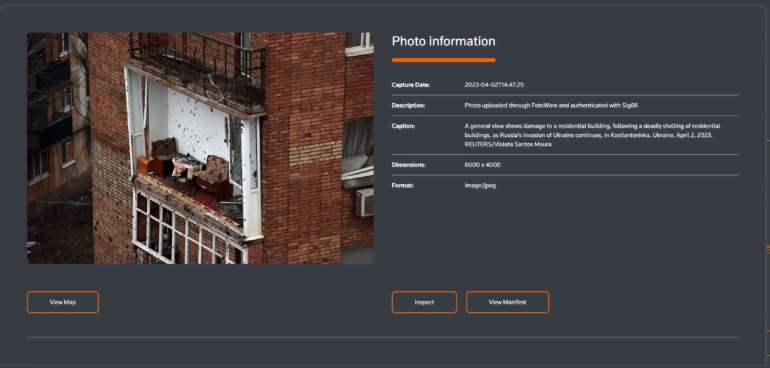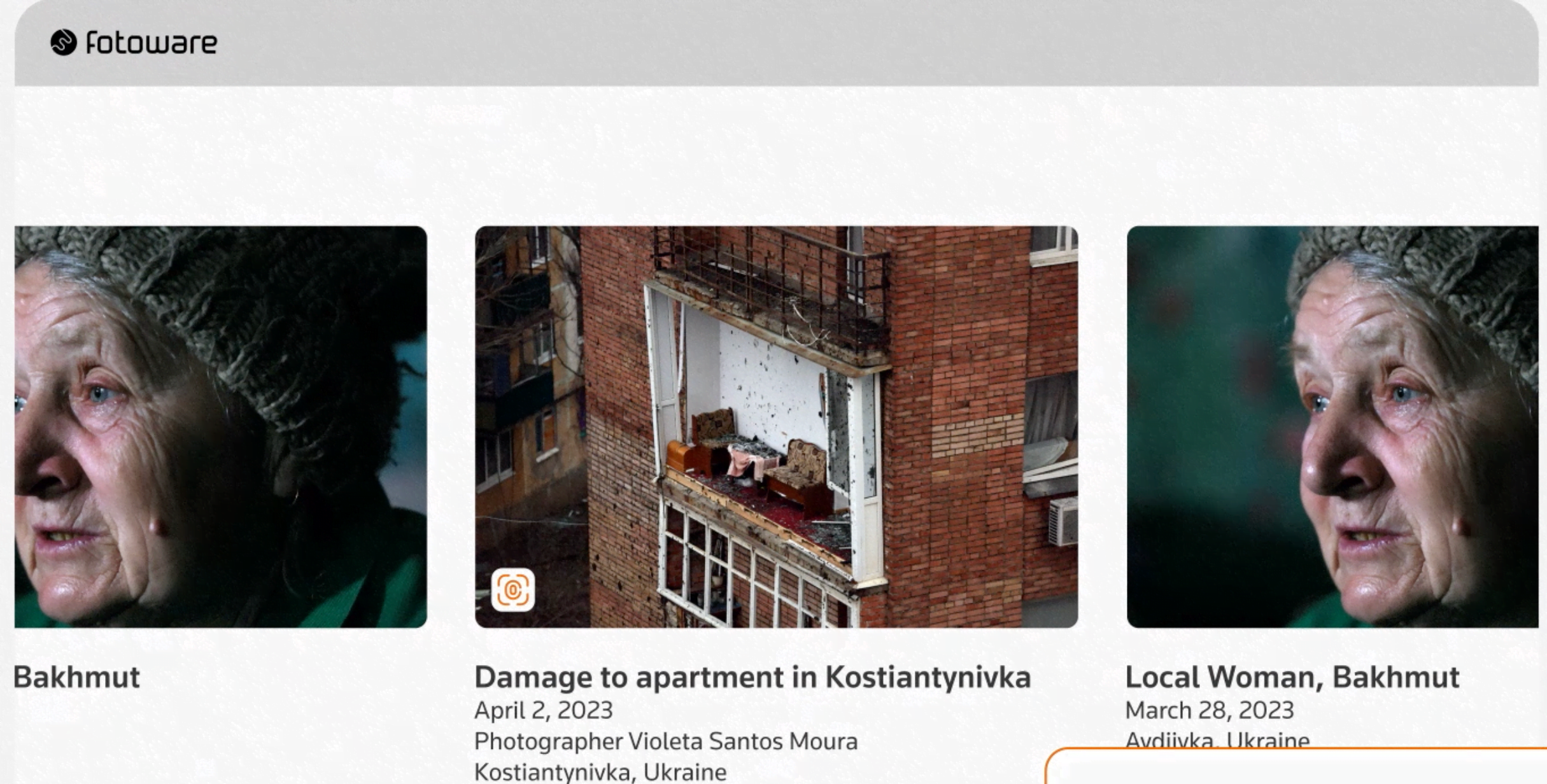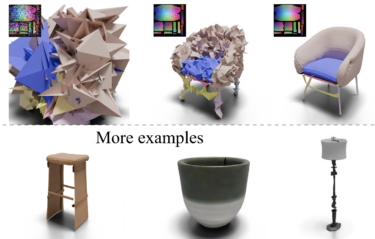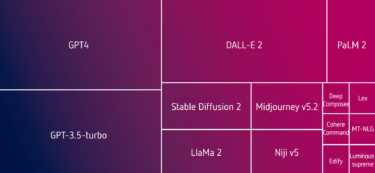Reuters is turning to a special camera from Canon and blockchain to ensure the credibility and traceability of media content in the age of AI.
Reuters, Canon, and Starling Lab are testing a new system that uses digital signatures, blockchain, and distributed storage to authenticate photos from capture to publication.
The system adds a digital signature to images from a prototype Canon camera, which can be verified throughout the workflow - including by consumers. Images are registered in blockchains and stored in a decentralized manner.
The method is intended to protect the credibility of news organizations like Reuters in the age of AI tools for image manipulation, image generation, and propaganda. Tools like Midjourney can create convincing fakes, and AI tools for Adobe Photoshop make manipulation easy.
Reuters wants to make every step of the process traceable
Specifically, a photo is digitally signed by the Canon camera when it is taken, and that signature is attached to the image. The pixels, GPS, and other metadata of the authenticated image are sent directly from the camera to the Reuters system, registered on a public blockchain, and stored in two cryptographic archives using the Filecoin and Storj protocols.

Changes made to the image by editors are then logged in a private database (ProvenDB) indexed to the original, with these logs also registered in the public Hedera ledger. The final image, when published, contains detailed embedded information according to the C2PA standard.
A test by a Reuters photographer during the war in Ukraine showed that image integrity can be maintained, but speed and workflow challenges remain before widespread implementation is possible, according to Reuters. For example, signature processing slowed down the camera, so integrating authentication still affects image speed.
Reuters now plans to talk with customers about using the system in their workflows.






